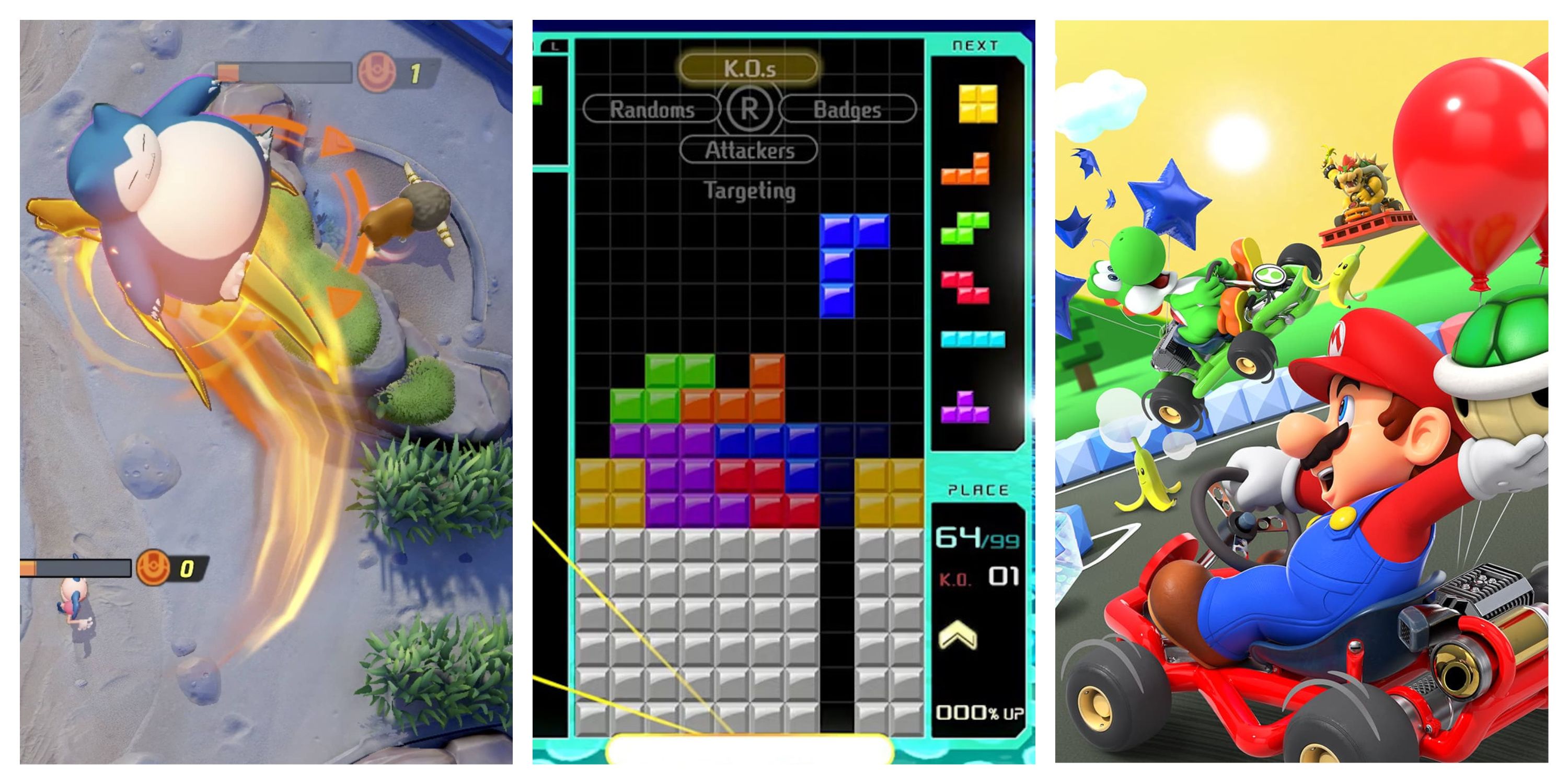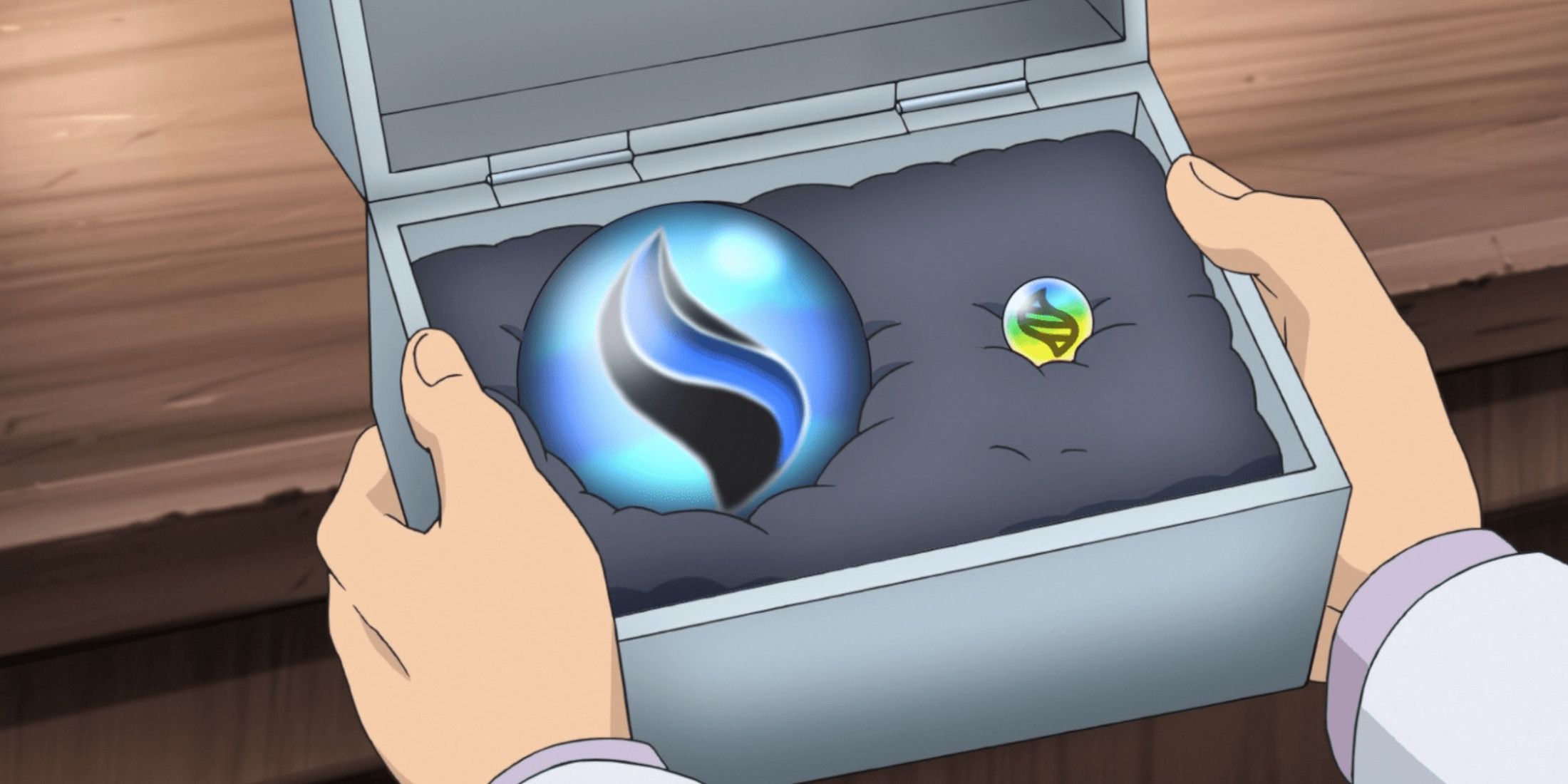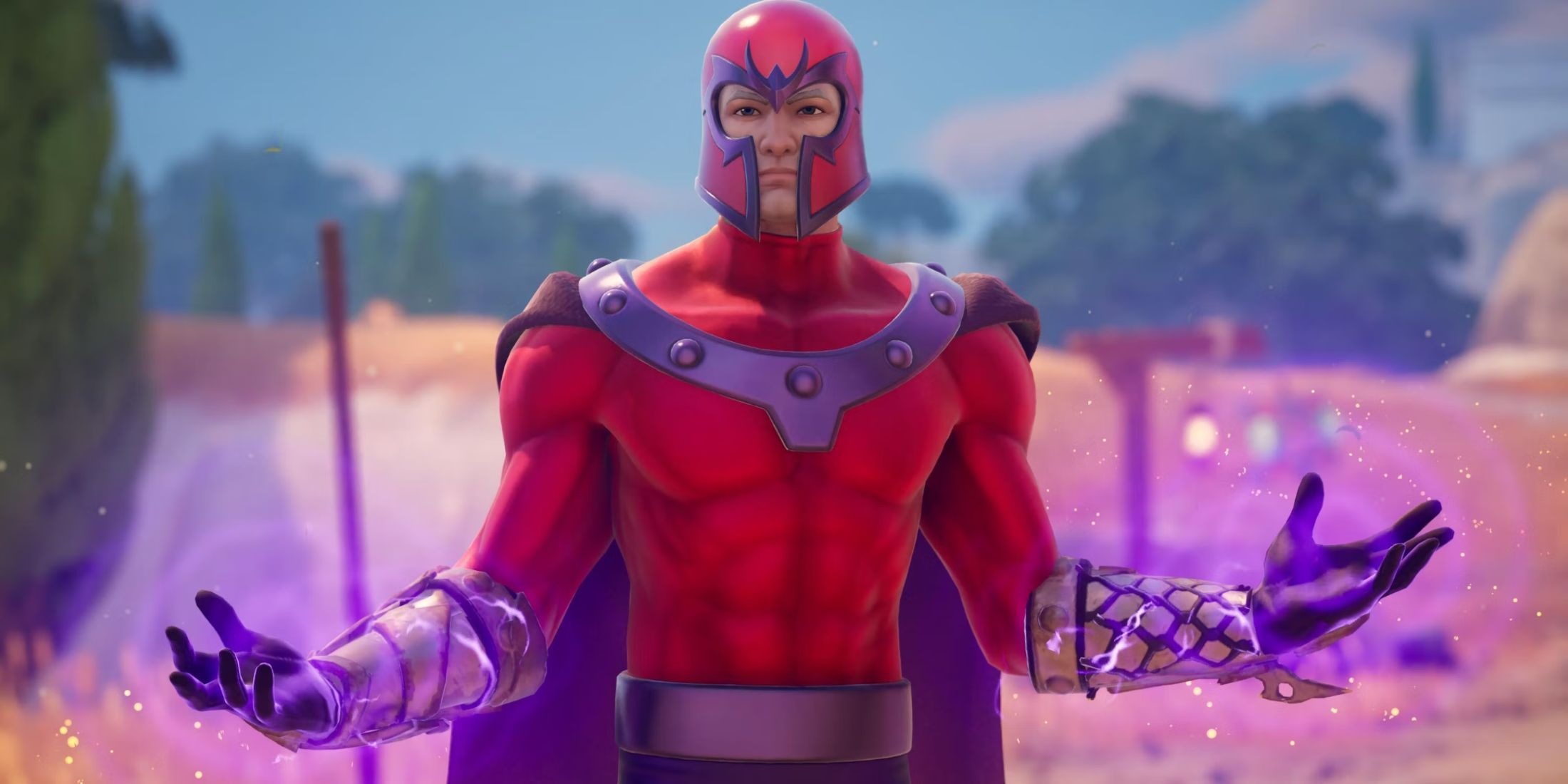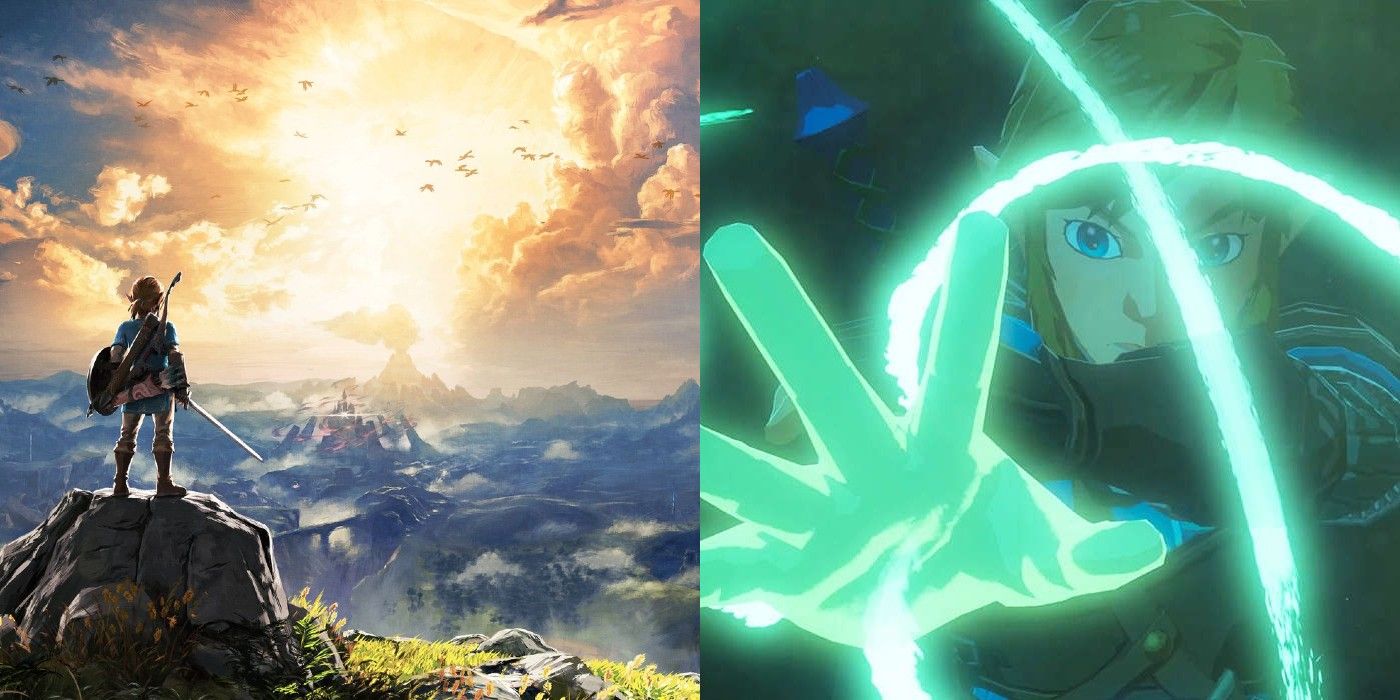The Legend of Zelda: Breath of the Wild is a game of many qualities, and its overworld map is surely one of the dearest. Exploring Hyrule through its full 120 shrines will never be short of a new surprise, or a moment of genius in design that inspires the player's own ingenuity. Moment to moment, there is almost always a deftly implemented puzzle to be solved in the environment, and their scale and inventiveness is rightfully considered a feat of modern open world design.
The question for Hyrule in the upcoming sequel, The Legend of Zelda: Breath of the Wild 2, is how it will be presented in ways that feel fresh to returning players. As topography plays such a crucial role in both the puzzles and exploration, devising a slew of new environment-specific puzzles whilst revamping Hyrule is a steep task. If narrative is going to take a more central role as the game’s reveal trailer suggests, changes to the map should aim to take advantage of the potential laid out by BOTW’s rich overworld and the untold stories of its locations. In short, the map changes should be for story purposes.
Looking to the sequels of past Zelda games, alternate dimensions and entirely new settings have both been done before, but this time the situation is different. While Hyrule Castle’s ascent at the end of the reveal trailer means some of the landscape will have changed, Nintendo has said that BOTW2 will predominantly use the original map.
The scale of BOTW’s Hyrule and the scope of its homages to decimated settlements and landmarks dwarf every other version of it, but its landmarks and locales can feel like suggestions for nostalgia rather than being meaningful in reality. Castle Town and the Temple of Time, for example, could be ruins of anything elsewhere on the map. The player is told that places are important rather than being shown, and in the sequel Nintendo can turn this to their advantage.
With narrative looking to play a much larger role in BOTW2, this is an enormous opportunity to capitalize on the foundations already laid out. The trailer, depicting a notably unaged Zelda and Link uncovering what is suggested to be the animated body of Ganondorf in human form, has a few implications. First, BOTW2 likely follows shortly on from the original, so presumably Hyrule can’t have changed too much beyond the bounds of its central castle, but Hyrule can be expected to be in a state of transition as its citizens work to rebuild it.
Next, even if it isn’t actually Ganondorf in the trailer, the story is likely to be more traditionally villain-oriented than the first game. In BOTW, Ganon was an ever-present threat, either as the spectre of Hyrule Castle, as bosses in the Divine Beasts, or appearing as watchful eyes amidst poisonous blobs around the overworld. Nevertheless, he remained a (largely) faceless enemy, an undefined “evil” to be conquered. BOTW2 looks set to flesh out the threat more directly. If Ganondorf is set for more narrative focus and detail, then it stands to reason that Hyrule’s design will lean more heavily on its traditional landmarks too. As an example of this in practice, the Temple of Time could have a recently excavated dungeon beneath it that ties its grand name to some meaty and appropriate challenges.
Without Ganon’s influence, the ancient Guardians stalking the land will likely no longer bother villagers and farmers as they retake it. The new iteration of Hyrule will surely be livelier than the dying one Link just saved, making for opportunities to take deeper dives into Hyrule’s cultures and struggles. In BOTW, Nintendo proved themselves once again to be adept at taking inspiration from the best their contemporaries are putting out, and there are few better blends of setting, people, and story than The Witcher 3: Wild Hunt.
If BOTW2 takes a leaf from CD Projekt Red’s opus and uses its geography and populace as storytelling devices in an organic, believable and more direct way, Nintendo could draw on decades of lore to create a game whose NPCs are as alive as their environment. It would be a real feat to achieve this without weighing the Zelda experience down with dialogue on a level not yet seen in the series, but if new frontiers are to be broken, this would be a great one.
Looking at potential settings, Nintendo may incorporate alongside or within Hyrule, the series’ past throws up a couple of possibilities. With the trailer’s sinister tone, fans were quick to bet that this would be a similar shift in atmosphere as that between Ocarina of Time and its sequel, Majora’s Mask. However, series Director and Producer Eiji Aonuma said at E3 2019: “the new Breath of the Wild or the sequel to it, it’s not necessarily going to be related to Majora’s Mask or inspired by it... What we showed you currently is a little darker." This suggests that the game won’t be diverging too far from the atmosphere established across BOTW. He did not, however, completely discount the possibility that BOTW2 will follow MM’s template for broad overworld modifications.
Seeing an alternative Hyrule or new land entirely seems likely, particularly as this would be a clean way to deliver a new overworld experience for returning players. Another noteworthy element in the trailer is the glitching, digital quality to elements of the soundtrack along with the neon streaks of green that hearken back to the Twilight Realm of Twilight Princess, which seems like too blatant a hint towards alternative worlds to be a coincidence. Blending the Hyrule of BOTW with interruptions from another dimension, such as interference from the Twilight World or a fresh iteration of the Dark World, would be a very Zelda way to meet the challenge of keeping things fresh.
In BOTW, Hyrule is a playground and blank canvas all at once. A worthy counter to the earlier point, that locations are too often signified by name alone, is that a name is enough to inspire the player’s imagination - solving puzzles and filling in the gaps through inference is the core of the exploration, and it’s a major part of the way the world is constructed. Perhaps it would be a disservice to approach Hyrule again in a different light, altering the loosely implied mythos of its ruin by adding structure and defined answers to a setting that reveled in the player’s liberty and creativity.
Given what has been achieved before, it’s fair to assume that Nintendo have considered each of these factors and found a solution that would be worth the reputational risk of rapidly turning around a sequel to the incredibly ambitious BOTW. If that ambition is to be outdone, and the story and world are as intertwined as the trailer suggests, it’s safe to bet that Nintendo will find a way to make the old feel new.
A sequel to The Legend of Zelda: Breath of the Wild is currently in development for Nintendo Switch.





